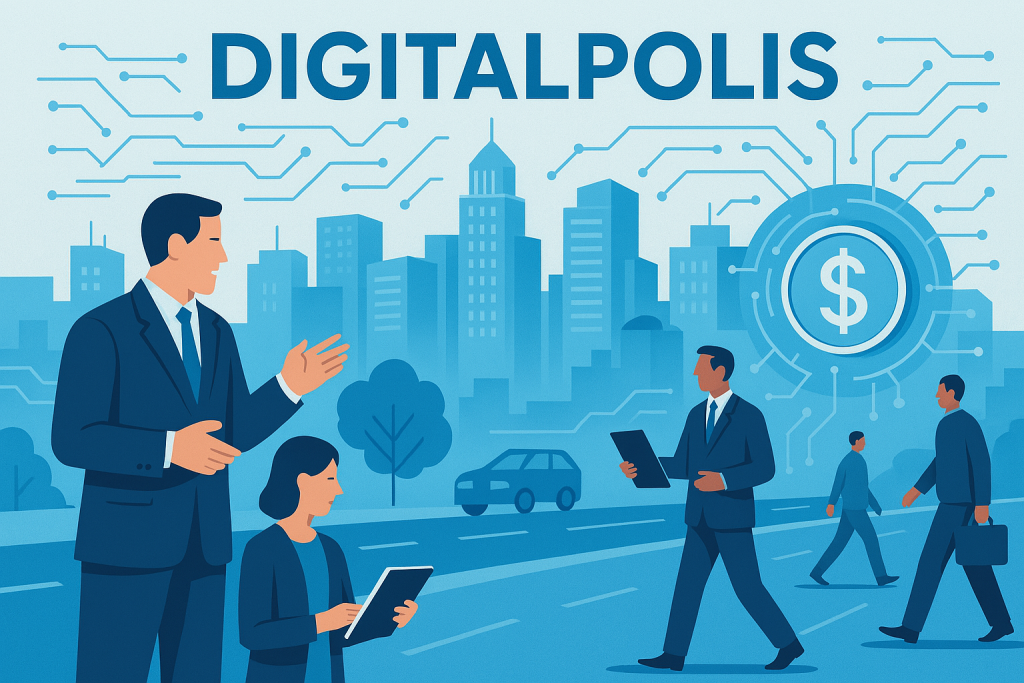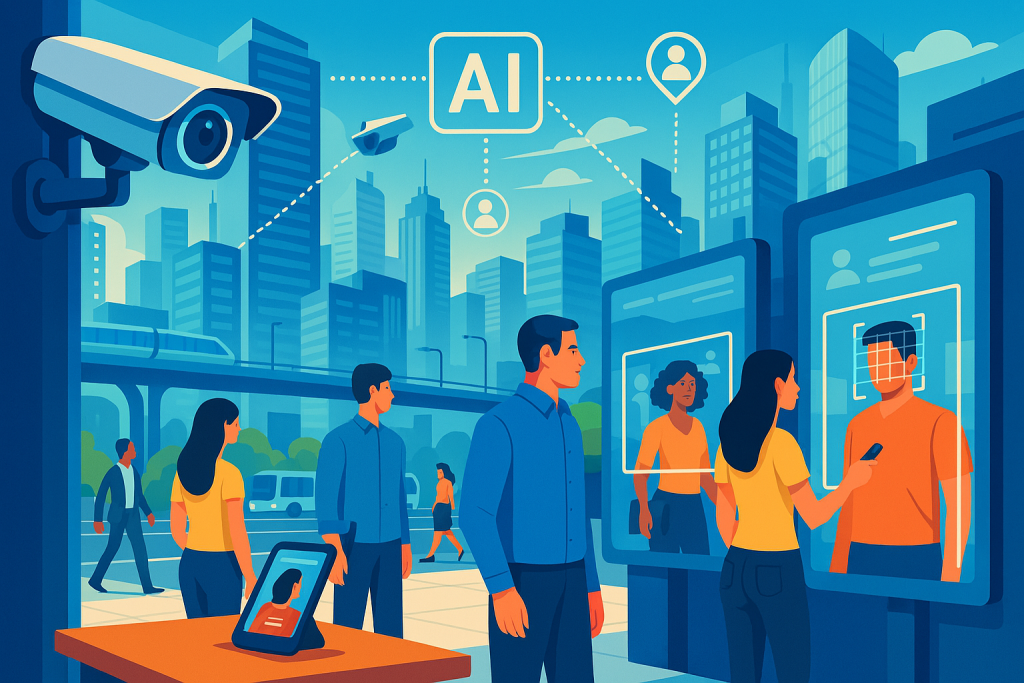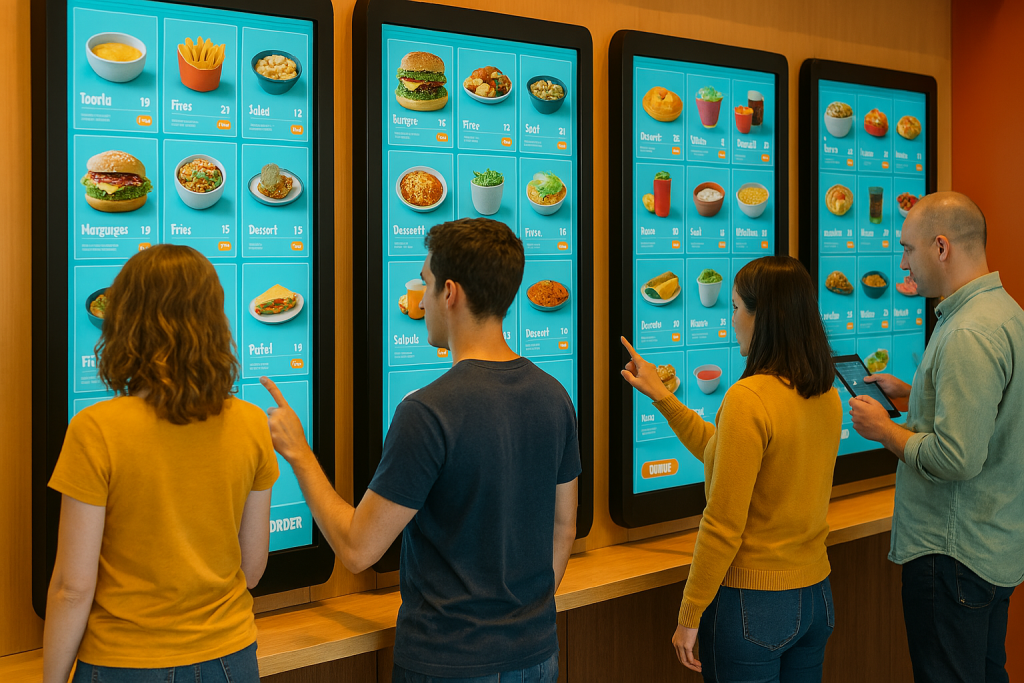Scholars hold varying perspectives on the concepts of a smart city versus a digital polis. A smart city primarily focuses on enhancing urban life through data-driven technologies and infrastructure. These cities aim to improve quality of life by managing systems more efficiently—like using real-time traffic control to reduce congestion, utilizing renewable energy sources such as solar power, deploying autonomous vehicles, or even enabling drone deliveries directly to residents’ doorsteps.

In contrast, DigitalPolis represents the next evolution of urban environments. While it shares technological roots with smart cities, it goes much further—embracing a fully digital ecosystem powered by advanced AI. In DigitalPolis, surveillance through intelligent camera systems enables real-time person recognition and activity monitoring. While this may raise privacy concerns, its primary aim is to enhance public safety and deter crime. Traditional elements of urban life—such as street signs, restaurant menus, and retail displays—are all replaced by interactive digital screens. Even ordering food becomes a high-tech experience, with patrons placing their orders via wall-sized touch displays.

The term DigitalPolis was first coined with the registration of DigitalPolis.com on October 1, 2002. Today, it represents a bold vision for the future: a city designed, managed, and operated by sophisticated AI systems and through digital innovation.
In this new era, city planning and governance are reimagined through digital interfaces. Urban activities are coordinated via interconnected systems, ensuring everything from transportation to commerce operates efficiently. Physical cash becomes obsolete, as citizens rely solely on digital currencies exchanged through secure, intelligent networks.

The rapid advancements in AI in recent years have accelerated the viability of DigitalPolis globally. Communities that fail to embrace this transformation risk falling behind—tethered to outdated methods of managing urban infrastructure. DigitalPolis is no longer just a concept; it is the future of urban living. City leaders must recognize this reality and leverage AI and digital technologies to deliver smarter, safer, and more efficient experiences for their citizens.
